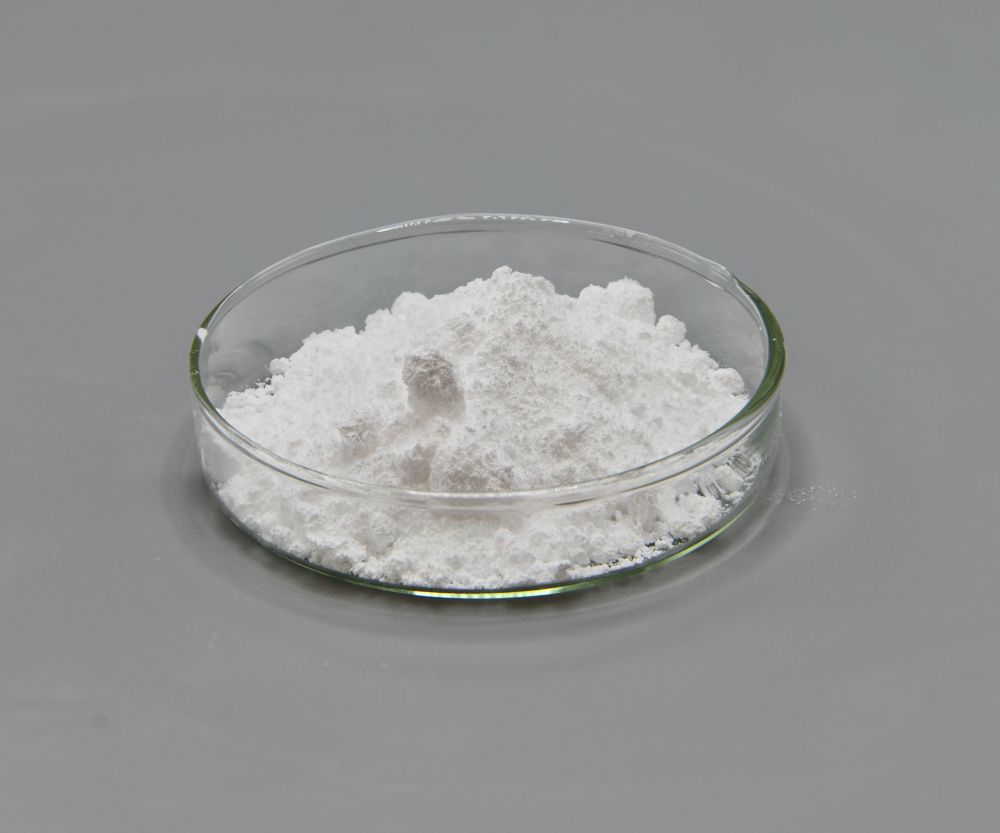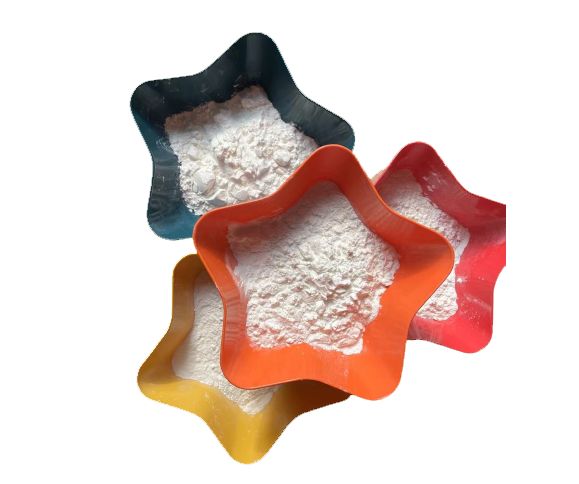Carbon slurries, which consist of a suspension of carbon particles in a solvent, are used to mass-produce battery electrodes. However, there are no adequate methods to evaluate whether the particles are uniformly dispersed in the slurry during the manufacturing process. In a recent study, researchers from Japan used an innovative approach, combining viscosity and electrochemical impedance measurements, to accurately assess the dispersibility of slurries, opening doors to enhanced electric vehicles and fuel cell batteries.
Lithium-ion batteries are the powerhouse of modern-day electronics, and fuel cells are a promising candidate for sustainable energy devices. An important factor affecting the performance of both lithium-ion batteries and fuel cells is the dispersibility of carbon slurries, suspensions made of conductive carbon particles dispersed in a solvent. They can be easily coated on a metal collector to mass-produce electrodes. But the carbon particles in the slurry must be homogenously dispersed to ensure reliable battery performance. Thermoplastic elastomer

However, evaluating the dispersibility of thick slurries with high particle concentrations is remarkably difficult. The large number of particles prevent peering into the internal structure of the slurries using direct spectroscopic techniques. Moreover, there are no methods to evaluate the dispersibility and conductive properties of slurries in response to shear stress applied during the coating process.
Against this backdrop, a research team led by Associate Professor Isao Shitanda from Tokyo University of Science (TUS) in Japan developed a novel technique to estimate the dispersibility of carbon slurries. Their latest study, published online in ACS Applied Electronic Materials on 1 August 2023, is co-authored by Dr. Yoshifumi Yamagata from Anton Paar Japan K. K. and Dr. Shingo Niinobe from Shin-Etsu Chemical Co., Ltd.
The researchers combined a rheometer—a scientific instrument for measuring the flow/ deformation behavior of fluids in response to applied stress—with a spectroscopy setup to measure the electrochemical impedance of acetylene black slurries with methylcellulose (a cellulose-derived compound used as a thickener and emulsifier in food and cosmetic products, as a bulk-forming laxative and as eye/ear drops) as a dispersant. They conducted experiments under the influence of shear stress at various frequencies to obtain the rheo-impedance spectra, which provide information about the internal structure of carbon particles in a slurry. Interestingly, they noticed that the impedance spectra did not change considerably under applied shear stress for a carbon slurry with good dispersibility.
Additionally, the team developed an equivalent circuit model consisting of three types of contact resistances and capacitances: those between acetylene black particles, those of particle bulk, and those arising from the design of the measurement setup. The bulk resistance of acetylene black showed no dependence on shear rate but decreased with increase in the methylcellulose concentration. Further, the resistance measured at each methylcellulose concentration increased with the shear rate, an observation that was attributed to a partial breakdown of the carbon–carbon network and the decreasing conductivity with rising shear rate.
Together, these results thus show that it is possible to evaluate the dispersibility of electrode slurries based on a combination of viscosity (measured with the rheometer) and electrochemical impedance measurements. Excited about the potential of their new methodology, Dr. Shitanda remarks: “The insights from this study could prove useful for improving the efficiency of large-scale electrode manufacturing processes in which the internal structure of the slurry must be carefully controlled.”
Preparing slurries with higher dispersibility could also lead to improved lithium-ion battery performance and enhanced functional materials. These would be significant contributions toward building a sustainable carbon-neutral society by fostering applications in solar panels, fuel cells, and electric vehicles.
“The proposed method can be used to evaluate the dispersibility of not just carbon dispersions, but a wide variety of slurries. In future studies, we plan to conduct further measurements and equivalent circuit verifications by changing the particle type and binder combinations,” concludes Dr. Shitanda.
Source: https://www.tus.ac.jp/en/
Do you have a review, update or anything you would like to add to this news story?
Andrea Steck, Martius Cobo, Bruno Chencarek
In this interview, join Bruker as they describe how to improve battery production and performance, through the entire value chain, with the help of NMR.
Dr. Craig Johnson & Dr. Kate Vanderburgh
AZoMaterials speaks with Dr. Craig Johnson, Director of Research Core Facilities, and Dr. Kate Vanderburgh, Scanning Electron Microscope (SEM) and X-Ray Microscopy Manager, about the Materials Characterization Core (MCC) facility at Drexel University.
In this interview, we speak with John Weaver from Pfizer about the importance of process safety testing.
This product profile describes the features and applications of the PlasmaPro ASP by Oxford Instruments Plasma Technology.
This article describes the features and applications of the Optical precision micrometer - optoCONTROL2520.
Discover the SAVANNAH Raman module, the most compact OEM Raman module.
The global semiconductor market has entered an exciting period. Demand for chip technology is both driving the industry as well as hindering it, with current chip shortages predicted to last for some time. Current trends will likely shape the future of the industry, which is set to continue to show
The primary distinction between graphene-based batteries and solid-state batteries lies in the composition of either electrode. Although the cathode is commonly changed, carbon allotropes can also be employed in fabricating anodes.
In recent years, the IoT is rapidly being introduced into almost all sectors, but it has particular importance in the EV industry.
AZoM.com - An AZoNetwork Site

Ammonium Polyphosphate Phase I Owned and operated by AZoNetwork, © 2000-2024